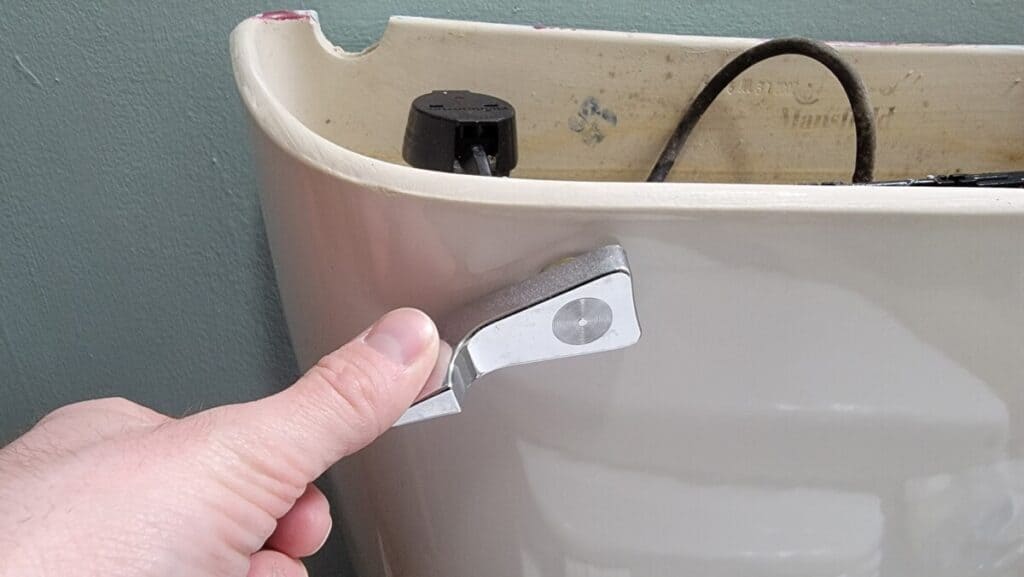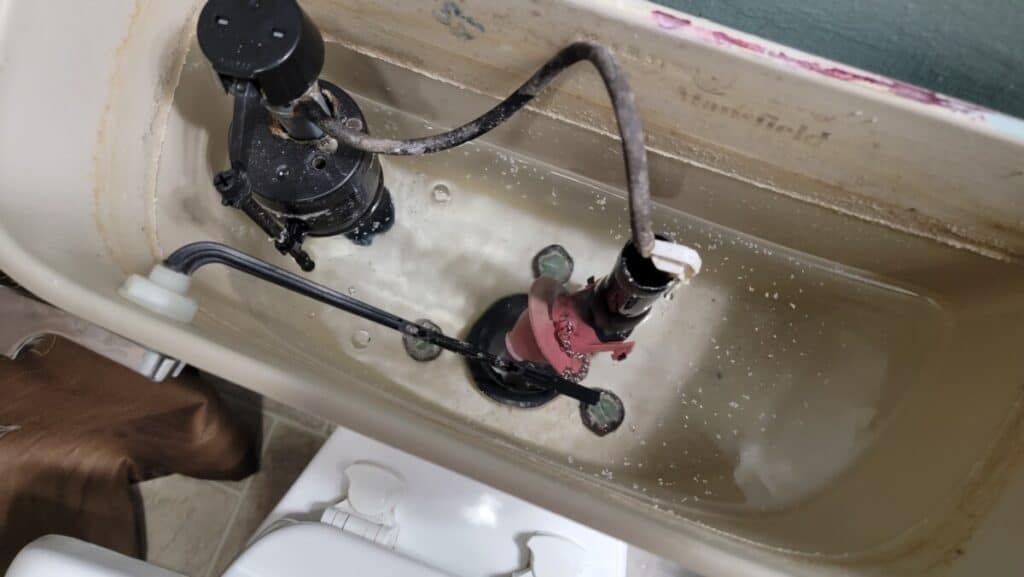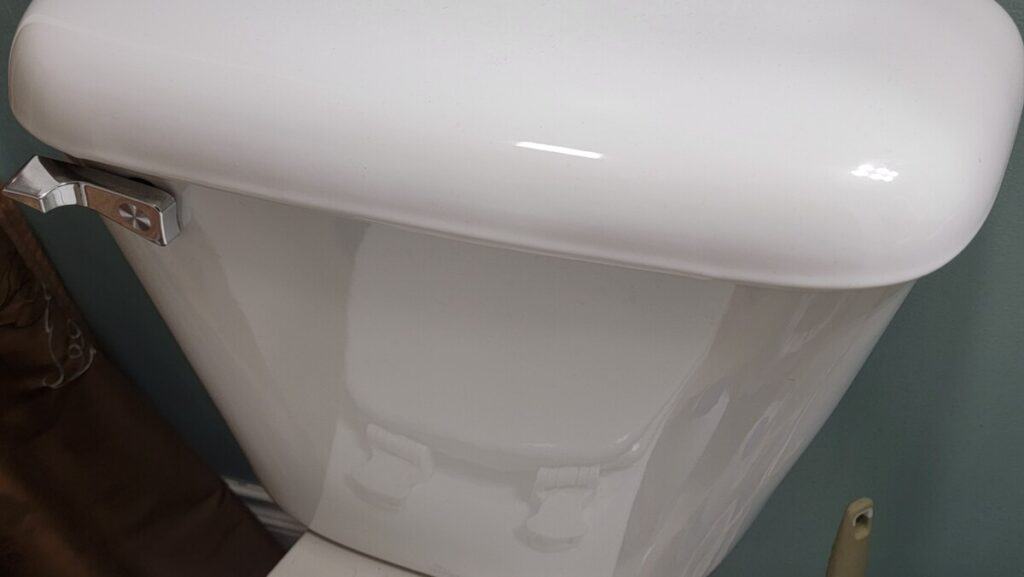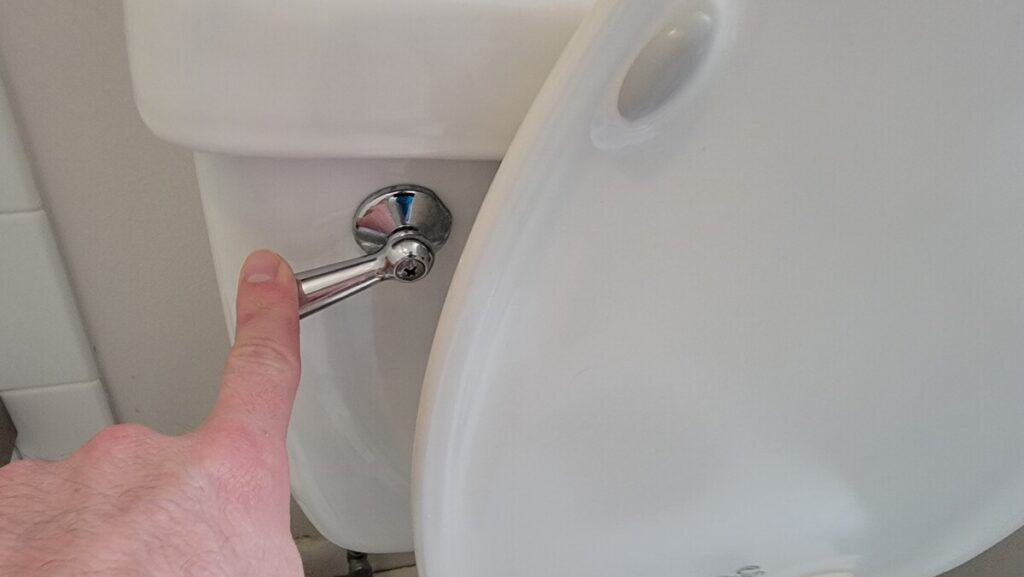Why Does My Toilet Drain When Washer Drains?
As a former maintenance technician who has worked on hundreds of toilets, I’ve encountered various plumbing mysteries over the years. One issue that has puzzled many people, including myself when I first encountered it, is why a toilet might drain when the washing machine drains.
At first glance, it might seem like these two fixtures are entirely unrelated. However, plumbing systems are interconnected, and a problem with one fixture can have an effect on others. Often times, the washing machine and the toilet directly share the same drain (and the shower as well) and vent system.
In this article, we will dive into the reasons behind this phenomenon and explore ways to solve the issue.
Inadequate Venting
One of the primary reasons why a toilet might drain when the washing machine is draining is inadequate venting in the plumbing system. Vertical vent pipes that stick out of your roof are an essential component of a plumbing system, as they allow air to enter and exit the system, maintaining proper pressure balance. When venting is insufficient or blocked, it can create a vacuum in the system, causing the water in the toilet bowl to be siphoned out as the washing machine drains.
How to fix:
- Check the vent pipes for any obstructions, such as leaves or debris, and clear them as necessary.
- Ensure that your plumbing system is up to code and has the appropriate number of vents installed. Consult a professional plumber if you’re unsure about the requirements for your specific situation.
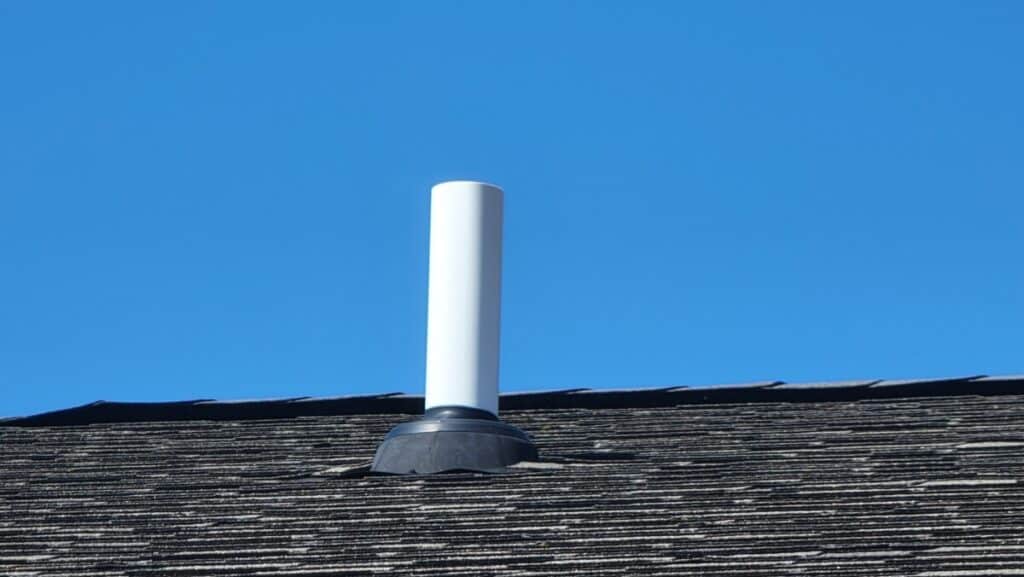
Partially Clogged Drain Line
Another reason for this issue could be a partially clogged drain line. When the washing machine drains, the water flows through the same drain line as the toilet. If there’s a partial blockage in the line, the water from the washing machine can cause a backup, forcing the water in the toilet to drain out by being siphoned.
How to fix:
- Use a plunger or a toilet auger to remove any blockages in the toilet drain.
- If the issue persists, it may be necessary to hire a professional plumber or trusted handyman to inspect the drain line and remove any stubborn clogs.
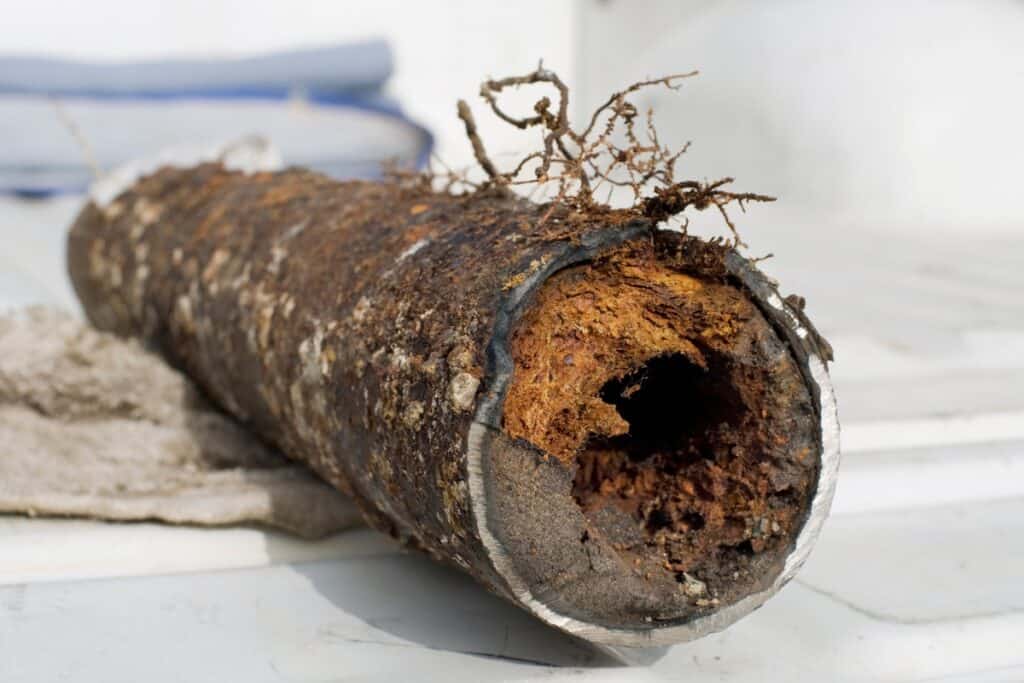
Washing Machine Discharge Hose Positioned Incorrectly
In some cases, the problem could be as simple as the washing machine discharge hose being positioned incorrectly. If the hose is inserted too far into the standpipe, it can create a siphoning effect that pulls water from the toilet as the washer drains.
How to fix:
- Adjust the position of the washing machine discharge hose in the standpipe, ensuring it’s not inserted too far.
- Use a hose clamp or a zip tie to secure the hose to the standpipe to prevent it from slipping back into the incorrect position.

Overloaded Septic System
For homes with a septic system, another possible reason for this issue is an overloaded septic tank or leach field. When the washing machine drains, the sudden influx of high-pressure water into the septic system from the washing machine’s pump can siphon the water from the toilet if the system is already near capacity and backing up in the lines.
How to fix:
- Schedule regular septic tank pumping to ensure your system is functioning optimally. The frequency of pumping depends on factors such as the size of your tank and the number of occupants in your home.
- Conserve water and avoid overloading the septic system by spreading out laundry loads throughout the week instead of doing multiple loads on the same day.
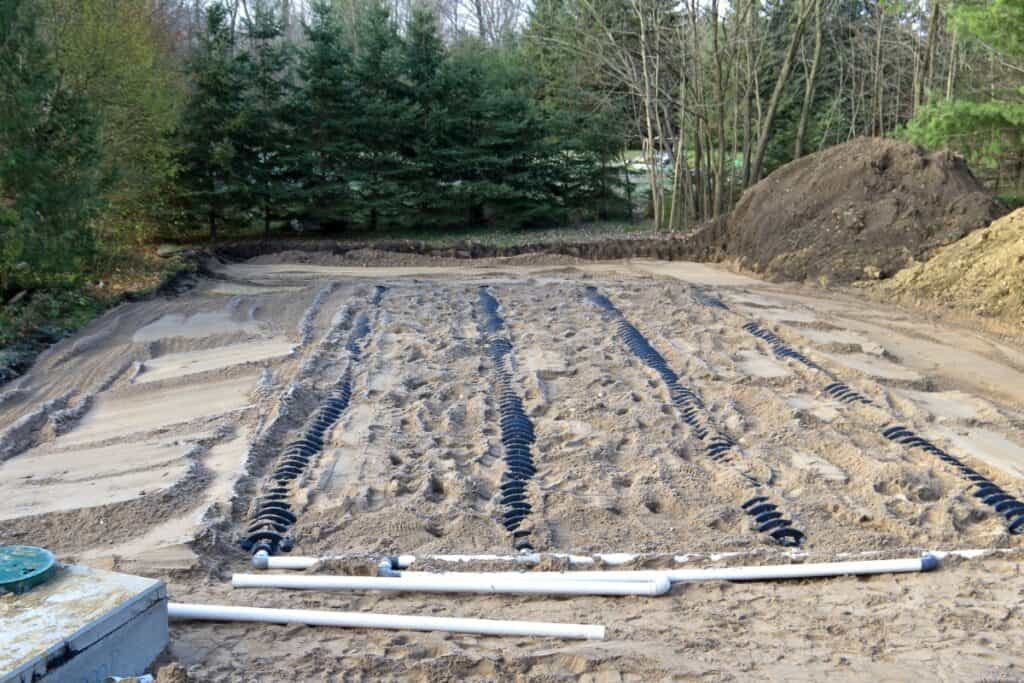
Incorrectly Sized Drain Lines
Finally, one more reason for this issue could be drain lines that are incorrectly sized for the fixtures in your home. If the drain lines are too small, they may not be able to handle the volume of water discharged by the washing machine, causing the water to back up into the toilet and then siphoning the water out when it finally drains.
How to fix:
- Consult a professional plumber to assess the sizing of your drain lines and recommend any necessary modifications.
Important Takeaways
There are several potential reasons why your toilet might drain when your washer drains. By understanding the possible causes and implementing the appropriate fixes, you can prevent this issue from recurring and ensure that your plumbing system functions efficiently.
Remember that it’s always a good idea to consult a professional plumber or trusted handyman if you’re unsure about the cause of the issue or if you need assistance with repairs. Proper maintenance and attention to your plumbing system can help prevent problems like this and ensure a hassle-free experience for you and your family.



